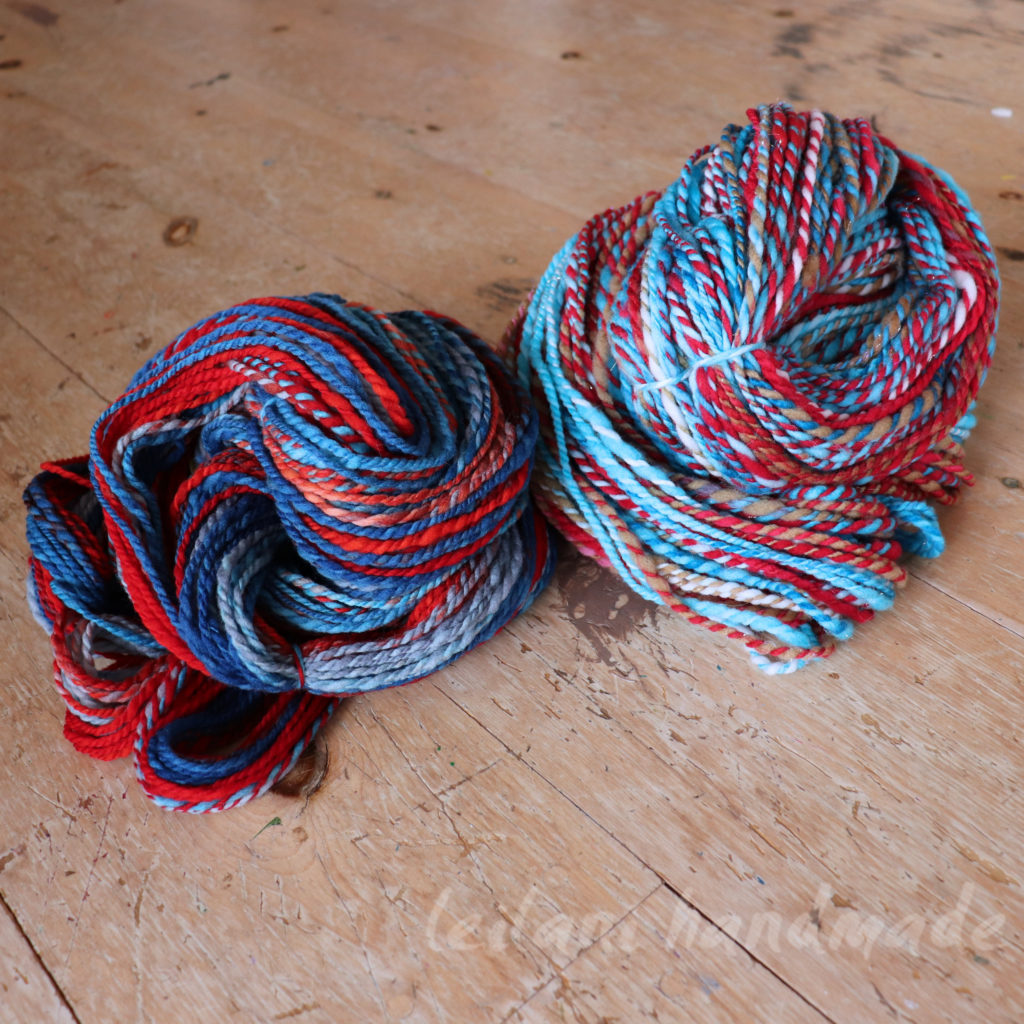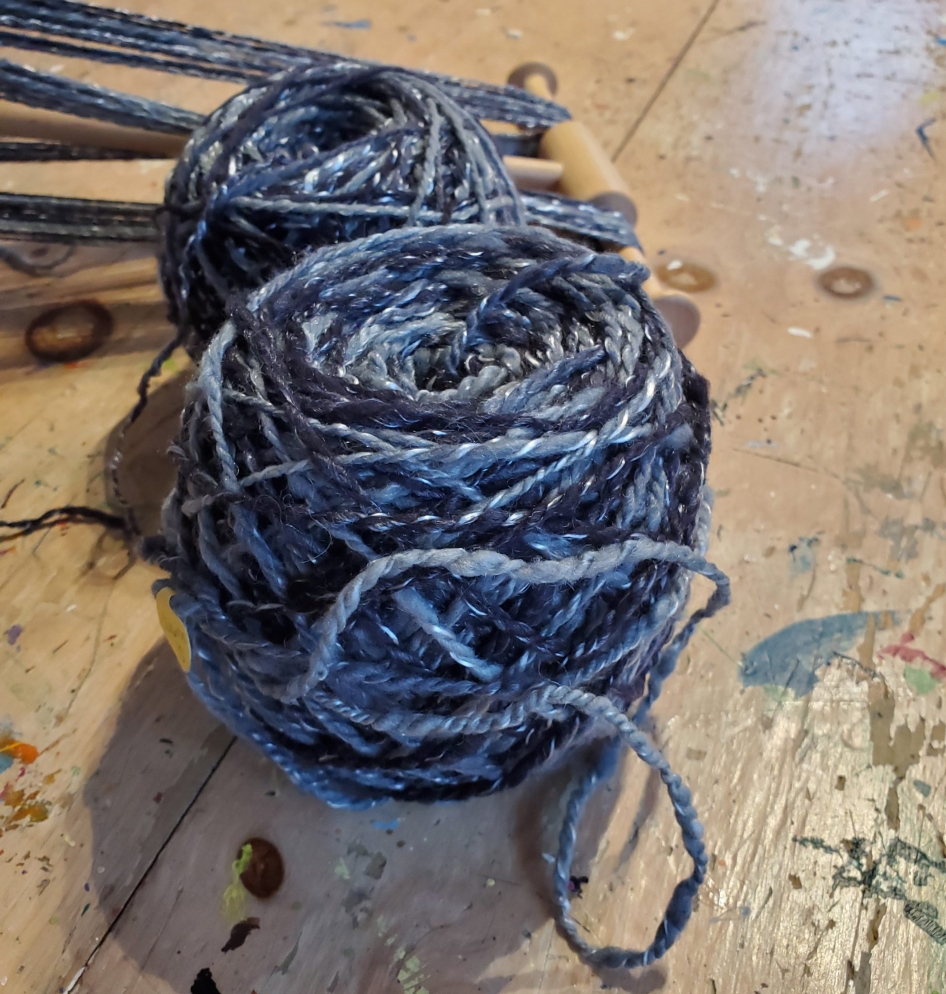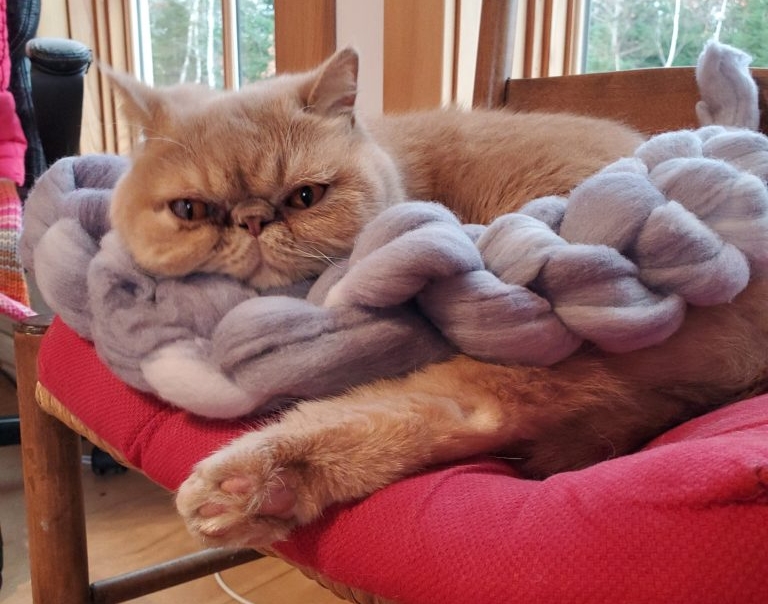“Any new beginning is forged from the shards of the past, not from the abandonment of the past.”
– Craig D. Lounsbrough
The New Year is off to a Fast Start
I considered skipping this month’s update, as I realize we are at the month’s final days, and I had yet to do one. I (still) don’t have any new products developed. However, I have been inspired to do a bit of experimenting to offer a closer, more in-depth look at the studio behind the scenes. I’m in a great place in my life and finally have a clearer, more expansive view of how to step forward this year.
I am starting 2024 with this overwhelming feeling of gratitude for all areas of my life, and I want to fulfill a goal that I’ve had on my to-do list for many years. That is, to document myself more precisely at work so that you can get a better look at my creative process and, hopefully, inspire YOU to start or expand your creative journey.
This post lets me preview some content I will offer in the coming months. I’m including short snippets of videos I’m working on that will hopefully turn into longer posts. I’m getting more comfortable with the camera, especially speaking (I’ve always hated the sound of my voice!) and some light editing. Although it’s all new to me, putting another possible skill under my belt is rewarding.
The Making of a Keepsake Scarf
One of my favourite keepsake projects was this scarf I wove on my cute and straightforward Ashford SampleIt loom. I’m now making a secondary one with the leftover yarn, but smaller in size. In the video below, you will see a preview of the process.
Before Setting Handspun Yarn
The video below is an example of yarn that was spun and plied right away, vs. spinning and plying after some time. I will set these yarns, and we’ll see if there is any noticeable difference in the twist.
The setting and drying of these two yarns will be put together in a longer video.
Finishing Touches (Silent Video)
Here, I am in the middle of packaging a recent stitch marker order. This shows a finishing touch I put on the package before mailing it to the customer. I usually finish my stitch marker orders this way. Along with a handmade notecard, I tie a piece of leftover handspun yarn to make a mini package and attach a couple of extra markers as a small thank-you gift.
I often use older handspun that didn’t turn out so well. It’s perfect for decorative purposes, and I love that it doesn’t go to waste.
Etsy Change – Canada Buyers Only
I decided to offer shipping to Canadian addresses only for my Etsy shop, at least for now. There are a few reasons for this change. Partly because I want to concentrate more on the local market and partially because the market in the US is already so saturated on Etsy. There have also been some business decisions on the platform that have the potential to make it difficult for me to offer the personalized service I have come to expect in the cottage (handmade) industry. I will consider selling to the US again in the future. I doubt I will go back to selling internationally again. There have been too many lost packages in the past, and the shipping times are so long. It’s not to my level of customer service.
We are Not Amazon
To add a quick reminder, when you are shopping online from an independent business or individual, mainly an Artist or a Maker, we put our heart and soul into what we do. We are not a faceless brand inside a big corporation. There is a person on the other end who wants you to be delighted with your order but would like to be treated fairly as well. We cannot make our items for pennies or compete with the big guys regarding free two-day shipping or no-questions-asked refunds without receiving the item back. That is money out of our pockets and, thus, potentially food out of the mouths of our families. Many of us deeply discount our work to compete with the overseas knockoffs or just out of a passion to have others enjoy our work. (Never mind that much of our work is stolen to be mass-produced – but that is a post for another day.)
I’m mentioning this because I am deeply disturbed by the growing trend of abuse that sellers on platforms such as Etsy seem to be privy to. I’m not active on social media but keep tabs on several selling forums to support my fellow online sellers. Sure, there are scammers pretending to be handmade, but with a little due diligence, it should be pretty easy to spot. We don’t deserve to be treated like we are out to scam you; thus, you get to keep our goods free of charge.
Although I have not experienced this kind of behaviour myself, it makes me suspicious of selling online. Non-realistic delivery requirements, ordering items “by mistake,” not wanting to return the item for a refund, or simply making an excuse to get an item refunded without working it out with the seller makes it harder for us to provide our creations online. And (it goes without saying) abusive language and threats is totally uncalled for.
I have much to say on this topic, and perhaps I will write a separate post about it. Because it seems the public has forgotten that the people behind the goods being sold are your neighbours and peers. For those who are still passionate about handmade and supporting us, THANK YOU. It is appreciated more than you know.
The Natural Intuitive: Nurturing Your Intuitive Soul Course
Recently, I got the opportunity to give a new course a test drive for another local empath. Laura has created the perfect course for those ready to explore your intuition and nurture your soft side. If you are an empath like me, the world can be incredibly taxing and draining without the proper self-care. This course approaches the subject from a practical psychological point of view, so it’s very relatable to most, easy on the head and not too demanding or intimidating. If you want to hone your intuition or are simply curious, check it out! It’s currently being offered at a huge discount. 🙂
Vision Statement: Do you have one?
You’ve probably heard of a Mission Statement, but have you heard of a Vision Statement?
According to the Oxford Dictionary, a mission statement is a formal summary of the aims and values of a company, organization, or individual.
A Vision Statement, however, is an idealistic, inspirational statement on the emotional future of a group or individual. (I don’t know about the idealistic part – that sounds intimidating! But I guess you plan for perfection and get as close as possible.)
My Vision statement: To Inspire, Empower, Break the Rules, & Honor my Ancestors
To Inspire: My goal has always been to inspire others simply by how I live my life. Set the example and have a positive ripple effect on the world.
To Empower: through my experiences, I encourage and give others the confidence to try or accomplish a new skill or life improvement.
Break the Rules: When finding one’s path, it is not necessary to do things the “right” or expected way. This is so true with creating and crafting!
Honour my Ancestors: The more confident and at ease in my body I become, the more I am made aware of the women in my family tree who came before me. I honour them throughout my creativity and personal growth.
Do you have a Vision Statement for your life, or have you ever considered making one?
That’s all I got for now, friends. Until next time,





















